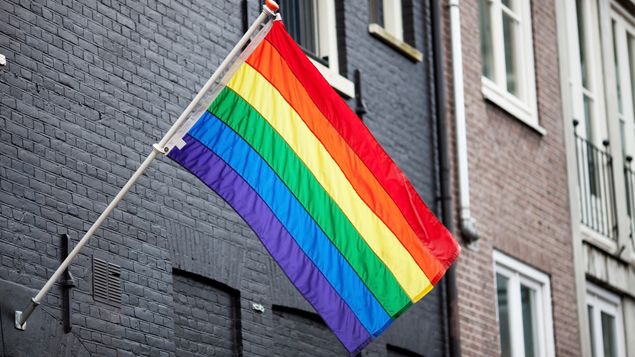[ad_1]

Shutterstock
One in four LGBT employees in the UK remain “in the closet” at work, while many more are not fully open about their gender identity or sexual orientation.
This is according to consulting company Accenture, which identified a significant gap in how business leaders and LGBT staff perceive their workplace culture.
Although 68% of leaders think they create an empowering working environment where staff can be themselves, only 14% of LGBT employees feel supported to freely express their identity at work.
Just 31% of LGBT employees are fully open with their employer and colleagues about their gender identity, expression and sexual orientation. This falls to 21% among those in senior leadership positions.
“At a time when we are acutely aware of ongoing social injustices, it has never been more important to hear and understand the experiences of minority groups,” said Rebecca Tully, inclusion and diversity lead at Accenture in the UK.
“Though we don’t have all the answers, our research highlights the fundamental questions we need to be asking when it comes to making the workplace more inclusive for LGBT+ people. It’s important for leaders to act now and strive to create a culture where LGBT+ employees not only rise professionally, but also where they feel safe, supported and able to be themselves.”
Accenture’s Visible growth; visible fears report, part of its Getting to Equal 2020 series, finds that 57% of LGBT staff feel their gender identity/expression or sexual orientation has slowed their progress at work.
More than two thirds (71%) say seeing LGBT role models in senior leadership positions would help them thrive, while the same proportion believe the support of non-LGBT allies improve their enjoyment of work.
The report identifies steps to creating a workplace where LGBT employees can thrive:
- encouraging senior leaders to talk openly about their own personal issues and challenges to convey bold leadership
- ensuring that flexible working arrangements are not only available, but properly supported and encouraged
- developing an empowering environment in which employees who are different from the majority are able to settle in quickly and thrive
- helping employees understand that it’s OK to fail at work sometimes without fear or recrimination
- enabling employees to feel safe raising concerns with (and about) leaders, especially when it comes to harassment and discrimination.
Some 30,000 employees and 1,700 senior leaders in organisations with 50 or more employees took part in the global survey.
Latest HR job opportunities on Personnel Today
Browse more human resources jobs
[ad_2]
Source link





